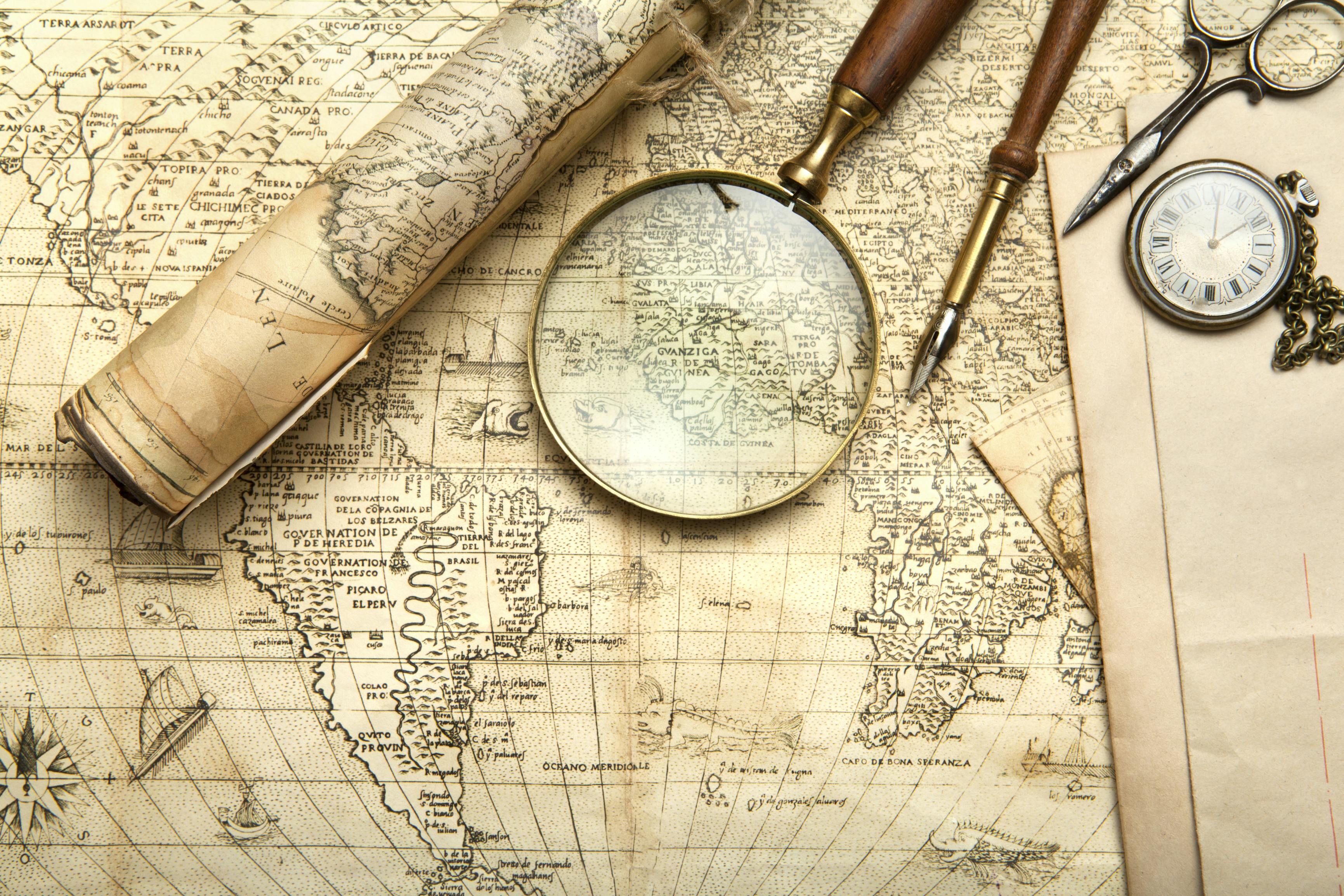The Pacific Northwest is home to some of the best rainshadows in the world: areas of dry conditions downstream of terrain barriers.
And on Sunday we were treated to one of the best examples of such features, in the lee (northeast) of the Olympic Mountains.
As many of you know, when air approaches a barrier, it is forced to rise, producing clouds and precipitation (see figure below), and when it sinks on the downstream side, the air descends, warms by compression, and drys out.
This is where the rainshadow is found.
On Sunday, strong south/southwesterly flow was approaching the Olympics (see a map of winds around 11 AM Sunday). Thus, the sinking air was on the northeast side of the Olympics.
The visible satellite picture at this time clearly showed a nearly cloud-free area in the rainshadow areas. This is sometimes called the "Blue Hole."
The radar imagery at that time showed it was a rain-free zone:
Do you want to be impressed?
Here are the precipitation totals for Sunday. Around 3 inches on the windward, southwest side of the Olympics, but only 0.01 inch over portions of Whidbey Island. Mama Mia! That's a rain shadow.
The air passing over the Olympics not only produces a rainshadow, but also affects pressure and wind.
On the upstream side, the air cools as it rises, which in turn causes low-level pressure to increase (the windward high) since cold air is denser/heavier than warm air.
On the downstream (rainshadow) side, the air sinks and warms, causing low pressure, since warm air is less dense than cold air.
Below is the forecast of sea level pressure on Sunday morning (the lines are isobars of sea level pressure). You can see both the windward high and the lee low. Sometimes these pressure features cause strong winds, as air accelerates from high to low pressure.
And, of course, the Olympic features are not the only Northwest rainshadow. We have dozens of them downstream of local mountains. We live in a rainshadow-rich region.

















